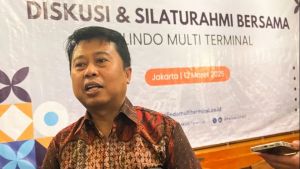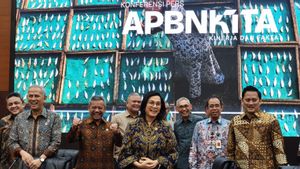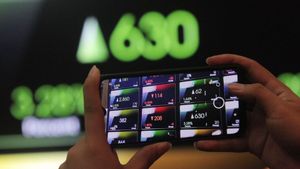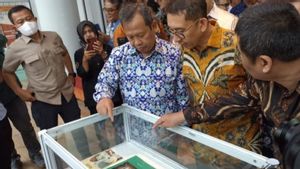The Financial Services Authority (OJK) has again conducted a National Survey of Financial Literacy and Inclusion (SNLIK) for the 2022 period.
It was stated that data was obtained from July to September 2022 in 34 provinces covering 76 cities/regencies with 14,634 respondents aged between 15 and 79 years.
In the minutes, it was found that the women's financial literacy index was higher by 50.33 percent compared to men which was 49.05 percent.
More or less, women's literate towards the financial sector this year is the first record after previously literacy levels were always below men.
On the other hand, the male financial inclusion index is higher at 86.28 percent, compared to the women's financial inclusion index at 83.88 percent.
OJK Director of Public Relations (Humas) Darmansyah said that in general, the results of SNLIK 2022 showed that the Indonesian people's financial literacy index was 49.68 percent.
"This figure is an increase compared to 2019 which was only 38.03 percent," he said in a press statement quoted on Wednesday, November 23.
According to Darmansyah, this year's financial inclusion index reached 85.10 percent, an increase compared to the previous SNLIK period in 2019, which was 76.19 percent.
"This shows that gap between literacy levels and inclusion rates is decreasing, from 38.16 percent in 2019 to 35.42 percent in 2022," he said.
The financial literacy and inclusion index for urban areas was 50.52 percent and 86.73 percent, respectively, higher than in rural areas at 48.43 percent and 82.69 percent.
However, the gap in the financial literacy index has dwindled from 6.88 percent in 2019 to 2.10 percent in 2022, and the financial inclusion index gap has also narrowed from 15.11 percent in 2019 to 4.04 percent in 2022.
"This is in line with the strategy for implementing financial education, namely increasing the quantity of financial education in rural areas," he asserted.
Darmansyah added that SNLIK 2022 also measures the level of literacy and inclusion of Islamic finance.
The results obtained showed that the Indonesian people's Islamic financial literacy index increased from 8.93 percent to 9.14 percent.
The level of Islamic financial inclusion also showed an increase to 12.12 percent from the previous 9.10 percent in the 2019 survey period.
"Improving the literacy index and financial inclusion is the result of good cooperation between various parties," he added.
He revealed that the pandemic in early 2020 was also one of the driving forces to accelerate digital transformation in financial education that allowed financial education to be carried out more massively and borderlessly.
Darmansyah said, the mix of face-to-face financial education strategies (lines) and online as well as strengthening strategic alliances will be a key strategy in accelerating the increase in financial literacy and inclusion.
"The results of SNLIK 2022 are one of the main factors for OJK and other stakeholders in formulating policies, strategies, and designing financial products/services that are suitable for consumer needs and in order to improve people's welfare," he concluded.
The English, Chinese, Japanese, Arabic, and French versions are automatically generated by the AI. So there may still be inaccuracies in translating, please always see Indonesian as our main language. (system supported by DigitalSiber.id)













